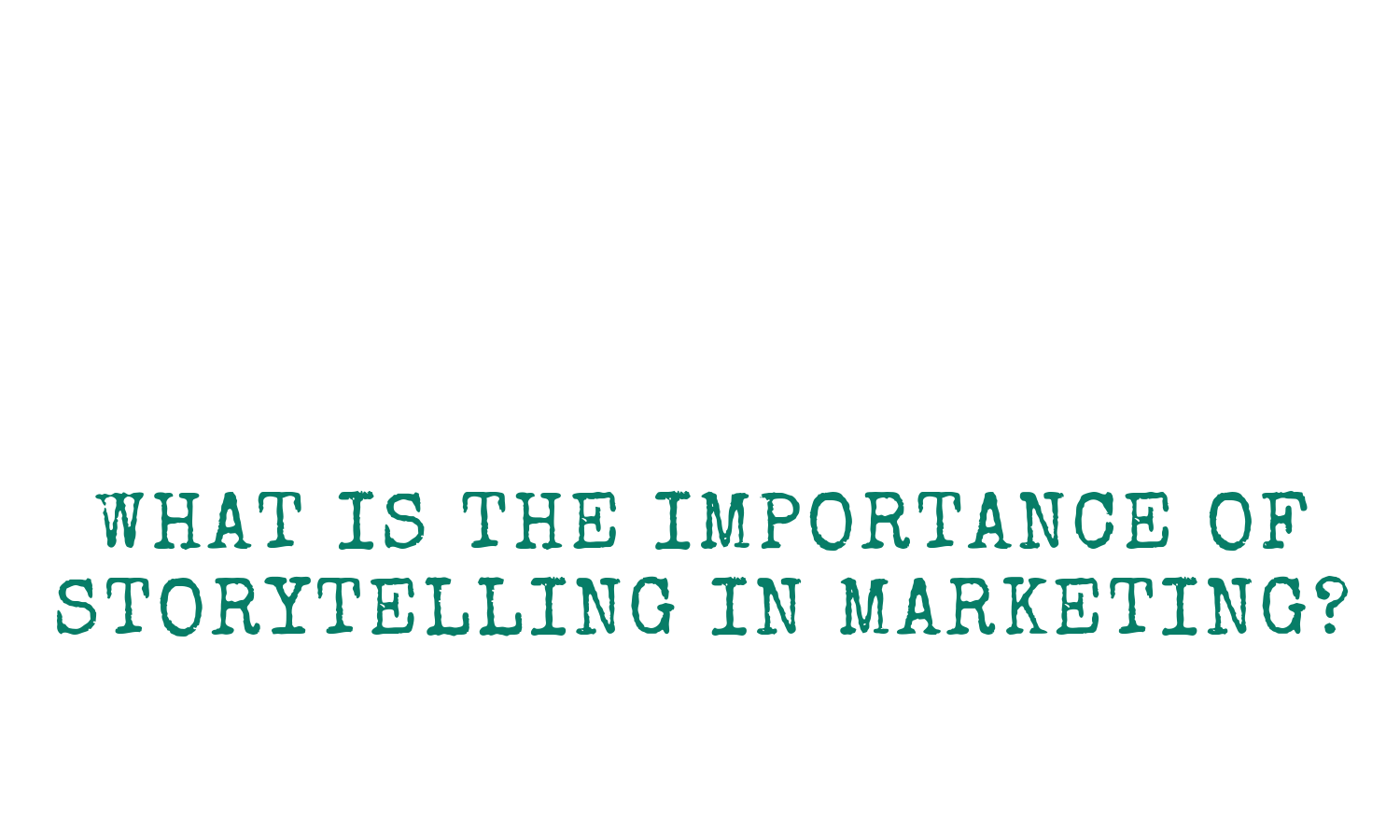How to Use Storytelling for Business Marketing: 15 Tips from the Pros
Telling a compelling business story for marketing is essential for engaging your audience, building brand awareness, and driving customer loyalty. Here are some best practices to help you craft an effective business story for marketing:
Understand Your Audience:
Before crafting your story, know your target audience. What are their needs, preferences, and pain points? Tailor your story to resonate with their interests and values.
Define Your Purpose:
Clearly define the purpose of your business story. Is it to create brand awareness, highlight a unique product, or share your company's mission and values? Understanding your objectives will guide your storytelling.
Start with a Strong Hook:
Grab your audience's attention from the start. Use a compelling opening that piques curiosity or evokes emotion. This could be a problem statement, a surprising fact, or a relatable anecdote.
Emphasize Your Unique Selling Proposition (USP):
Highlight what makes your business different from competitors. Showcase your strengths, whether it's product quality, innovation, excellent customer service, or a unique origin story.
Show, Don't Just Tell:
Use descriptive language and vivid imagery to paint a picture in your audience's mind. People remember stories with sensory and emotional elements.
Create Relatable Characters:
Introduce characters, whether they're employees, customers, or the founder, who embody the values and mission of your business. Make them relatable and memorable.
Build Tension and Resolution:
Every good story has conflict and resolution. Describe the challenges your business faced and how it overcame them. This builds intrigue and shows resilience.
Keep It Authentic:
Authenticity is key in business storytelling. Be honest and transparent. Exaggeration or misleading information can damage your brand's reputation.
Use Data and Statistics Sparingly:
While data can add credibility, don't overwhelm your audience with numbers. Use data points to support your story, but ensure they're easy to understand.
Maintain Consistency:
Ensure your business story aligns with your brand identity, values, and messaging across all marketing channels. Consistency builds trust.
Include a Call to Action:
Clearly communicate what you want your audience to do next. Whether it's making a purchase, subscribing, or sharing your story, provide a compelling call to action.
Test and Iterate:
Monitor the performance of your business story in marketing campaigns. Analyze the engagement and adjust your story as needed. Continually refine it based on audience feedback and evolving goals.
Leverage Multiple Formats:
Use various content formats, such as blog posts, videos, podcasts, and social media, to tell your business story. Different formats can reach different segments of your target audience.
Focus on Emotional Connection:
Connect with your audience on an emotional level. Make them feel something, whether it's joy, empathy, or inspiration. Emotionally engaged customers are more likely to become loyal supporters.
Storytelling Frameworks:
Consider using storytelling frameworks like the hero's journey, problem-solution, or before-after-bridge to structure your narrative effectively.
Remember that a great business story is an ongoing process. Keep refining and adapting it to fit the evolving needs and interests of your audience and the changing landscape of your business.






